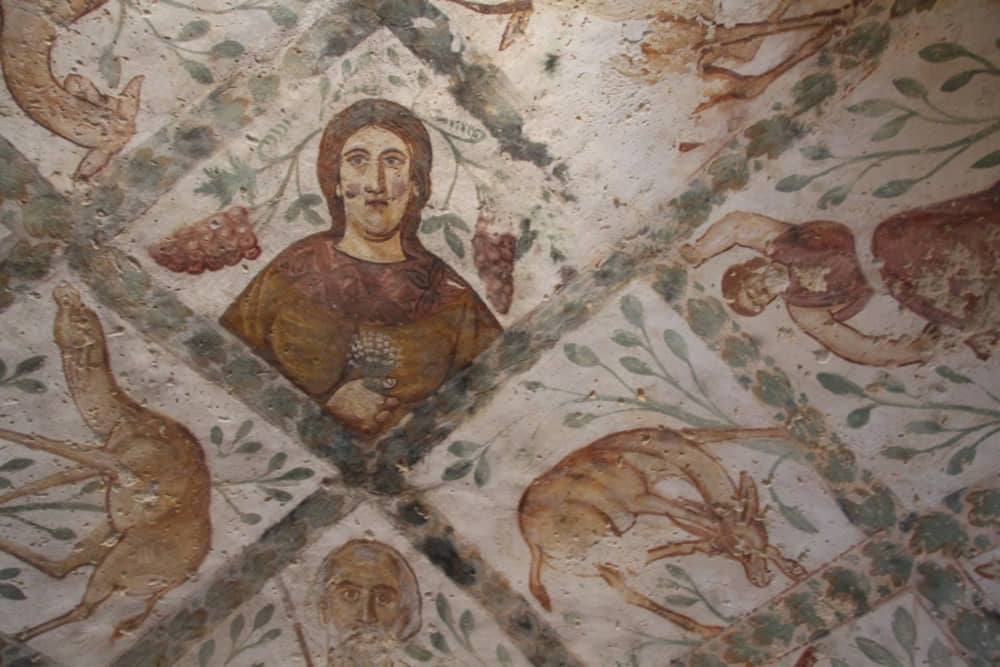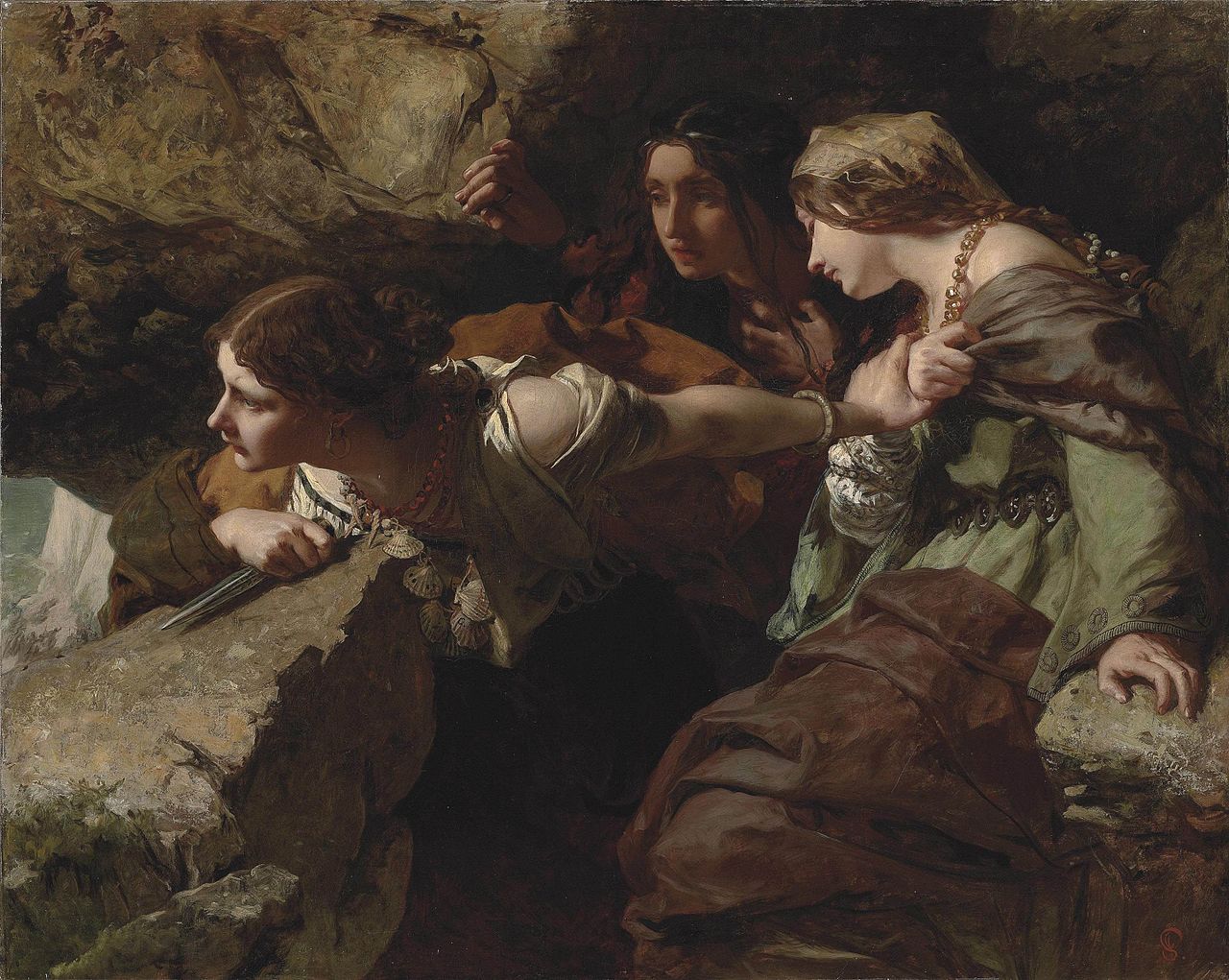From 4-7 May, Inârah held its 7th symposium on the origins of Islam and the origins of the Qur’an.
For the first time, the venue was the idyllically located Robert Schuman House in Trier. The leitmotif of this conference was expressed in the chosen motto: “Farewell to salvation history.” In biblical studies or church history, for example, the difference between historiography based on reliable sources and salvation history has long been the academic norm. Islamic Studies, particularly, as it is practised in Western universities, especially with the establishment of seminars of so-called Islamic theology in some German Länder in recent years, represents both an intellectual and an academic step backwards, where this important distinction is still for the most part conveniently ignored.
The conventional, “classical” narrative, actually a fairy tale, of the Qur’anic revelation to Muhammad and the subsequent emergence of Islam, in general a distillation of diverse, late, and largely contradictory literary texts, is regrettably still taught and disseminated academically—as if it were true prophetic word. Historical-critical research usually remains the exception, unfortunately.
The purpose of such conferences is to bring together the few good colleagues and interested people who work on the basis of historically reliable sources and an established philological methodology, so that they can exchange ideas. The goal of the conference, to bid farewell once and for all to the Islamic salvation history, is based on the results of the previous six conferences and the ten volumes published so far. The tome known as the Qur’an, which is evident to every reader, can hardly be imagined to be the written rendering of oral revelations to a prophet named “Muhammad,” or even the written memorandum of an exchange between the “proclaimer and his congregation,” as it is still heard from Potsdam.
In terms of genre, we are dealing [with the Qur’an] with an originally Christian work, perhaps a lectionary in Arabic, which was subsequently reworked several times by theologians, as it clearly shows different editorial strata.
The location of early Islam to Mecca and Medina, as claimed by Islamic traditions, is clearly a later, anachronistic retro-projection. Rather, the language, the script and the theological content [of the Qur’an] point to Mesopotamian northern Arabia. Islam in the proper sense can only be spoken of during and after the epoch of the Abbasids (from ca. 750 AD onwards)—the Umayyads were still (seen from the seat of the then Chalcedonian imperial orthodoxy) heterodox or heretical eschatological Christians, with an immediate expectation of the Parousia.
The historical efficacy of Muhammad, God’s messenger, cannot be gleaned from the hagiographic fables of the later Sira traditions, which arose, among other things, to read the prophet’s biography into the Qur’an. The authors of the later Islamic meta-narratives (Meistererzählung), as already mentioned, offer contradictory information; moreover, the fact that later Islamic works (without source references) can surprisingly offer much more detailed information is striking. The later a tradition, the more it supposedly “knows” about Muhammad and the beginnings of Islam. These authors, such as Tabari, were not historians in the true sense of the word; and although they occasionally do use some historical information (often unrecognisably reworked), they were moralists who set themselves the task of explaining their time on the basis of an imagined past. They created a “prequel,” so to speak (a story that appears to be a continuation of another narrative, but is not). This is therefore not a continuation of the narrative of the past in the proper sense, but rather a retro-projection of the past intended to explain the present situation, which in literary terms belongs to the genre of the “backstory” (toile de fond). The backstory is often used to lend historical depth or credibility to the main plot—the Star Wars sagas may be seen as the present-day equivalent of Islamic historiography.
The task of finding out how the emergence of Islam happened historically is more difficult. This was the actual task of the symposium, undertaken by the international participants from Germany, Algeria, Belgium, Denmark, France, Lebanon, the Netherlands, Poland, Switzerland, Syria, Tunisia, USA and even surprisingly Canada, as always in four languages (German, Arabic, French and English). We found it very nice that many a foreign participant gave his presentation in German.
The opening speeches on the first evening were on topics of contemporary relevance, such as the importance of our work (Schwab), the intellectually debauched notion of “Islamophobia” (Ibn Warraq) and the influence of our research on social debates in the so-called Islamo-Arab countries (Ghadban).
The second day got straight down to business with topics on the origins of Islam and the history of religion:
- What does the slogan “Allahu akbar” actually mean (Popp), and the relationship of the Aramaic Ahiqar traditions to the Koranic Luqman (Abousamra).
- Dequin and Shoemaker showed why Islam’s holy site was originally Jerusalem and not Mecca and referred to some of the possible substrate traditions underlying the Islamic Hajj.
- Grodzki and Weintritt then presented papers on the source criticism of the alleged hagiography of the Islamic Prophet, the Sira.
- Von Sivers discussed the misdating of the Doctrina Iacobi and the Nitsarot attributed to Rabbi Simeon b. Yohai, which were written later and thus say nothing about conditions in the first quarter of the 7th century.
- The last lecture of the day, by a talented young scholar who had just defended his doctorate, discussed how and why the traditions about Muhammad, including the Hadiths, were only invented later as a source of legitimacy for Islamic law (Barsoum).
The third and fourth days were mainly devoted to Quranic topics:
- The project to finally produce a critical edition of the Qur’an (Brubaker).
- The biblical background of Suras 105 and 106 (Bonnet-Eymard).
- On the “mysterious letters” in the Qur’an (Puin).
- Wuestions of editorial history were discussed by Dye and Da Costa.
- Younes discussed how later Muslim exegetes manipulated the Quranic text to justify later Islamic dogmas.
- Striking parallels of an Arabic manuscript of Luke’s Gospel with a Hadith were addressed by Arbache.
- Groß discussed possible Buddhist influences in Islamic orthopraxis.
- Decharneux, another young talent who also recently defended his doctorate, and Van Reeth presented the Christian Aramaic theological background of the Qur’an originating in the South (today’s Emirates).
- And finally, Nickel gave a paper on the unlikely phenomenon of pursuing science on Twitter and other social media.
On the evening of the third day, there was a round table “on the origins of the Qur’an,” moderated by Jean-Claude Muller, in which the topic was debated at great length.
On Tuesday evening, there was no formal programme, as Prof. Dr. Max Otte, who takes a keen interest in our work, generously invited all participants to dine at the Blesius Garten in Trier. We would like to take this opportunity to thank him once again for a very enjoyable evening, the highlight of the congress. Of course, there was further debate on the relevant topics between the fantabulous courses.
According to the feedback we received, the symposium was a success—the important questions were asked and answers sought. The discussions were lively and passionate and lasted long into the night.
The deadline for the submission of papers is the end of August, so it is expected that Volume 11, with the papers presented at Trier during the 7th Symposium, will be published before the end of the year.
To learn more, have a look at the Symposion booklet…
Featured image: Mural from the Apodyterium of Qusayr Amra, Jordan, 8th century.

